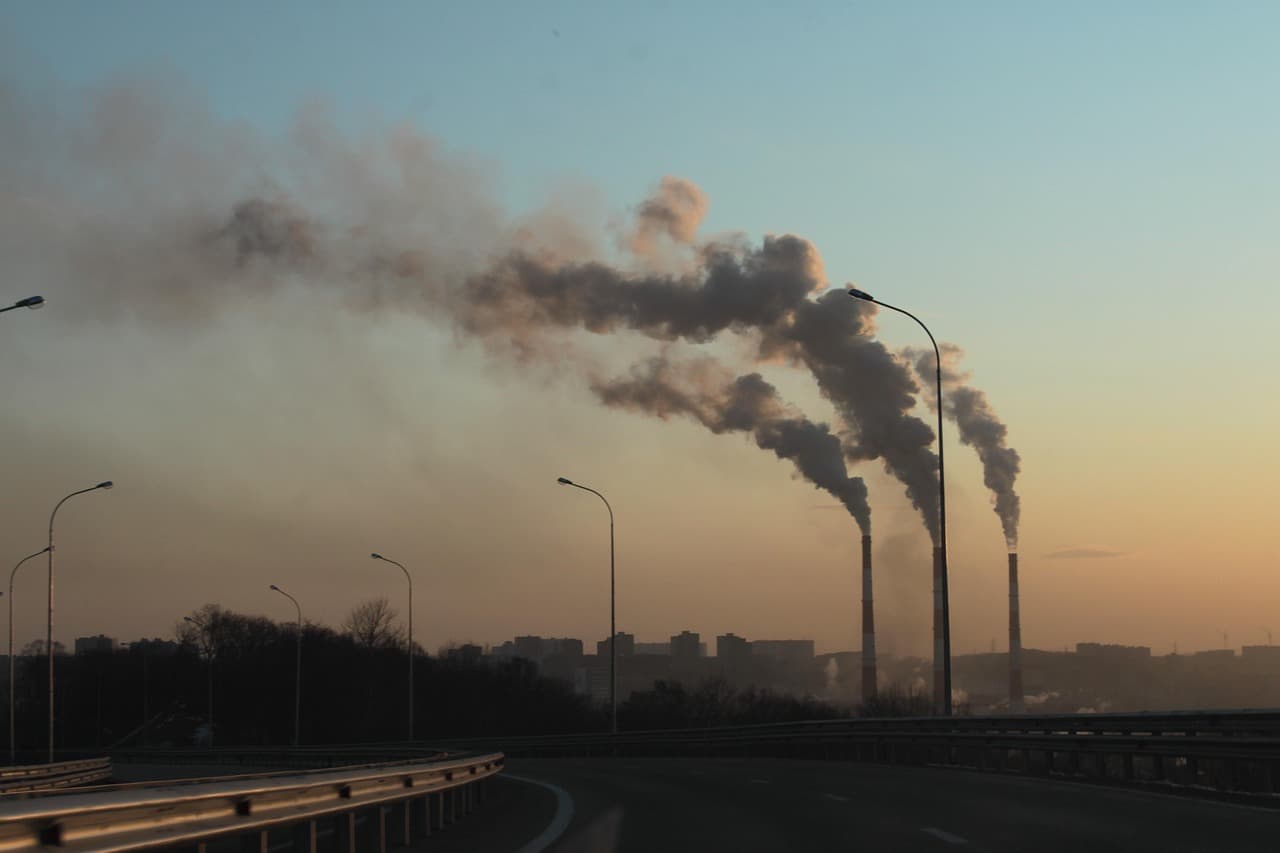Industrial decline and mild weather: green gas emissions fall
The Netherlands emitted more than 3% less greenhouse gases in Q2 2025, mainly due to industrial decline and a mild spring.
Published on September 10, 2025

Team IO+ selects and features the most important news stories on innovation and technology, carefully curated by our editors.
In the second quarter of 2025, greenhouse gas emissions decreased by more than 3% compared to the same quarter in 2024. This is mainly because industry, particularly the chemical and oil sectors, consumed less natural gas, oil, and coal as a result of economic contraction. The mild spring also resulted in lower emissions from building heating and greenhouse horticulture. Despite falling emissions in some sectors, emissions actually rose in the electricity and aviation sectors. This is evident from figures presented by the Dutch Centraal Bureau Statistiek(CBS) today.
Industrial contraction is the most important factor
The industry showed a significant 8% decrease in greenhouse gas emissions in the second quarter of 2025 compared to the same quarter in 2024. This decrease is attributed to the sector's reduced consumption of gas, oil, and coal. CBS indicates that the energy-intensive chemical and refining sectors showed a significant decline in turnover and production. Several chemical companies have closed factories due to high energy costs and increased competition, which has contributed to the decline in emissions. Contraction was the main reason for the decline in industrial emissions. The food industry, on the other hand, performed well but has a smaller climate impact. The reduced activity in industry, therefore, has a direct impact on total emissions figures, illustrating the connection between economic developments and environmental performance.
Increase in electricity sector and transport
The electricity sector emitted 9% more greenhouse gases in the second quarter of 2025. Energy companies emitted 6% more CO2 due to higher coal consumption. The transport sector experienced a 3% increase in CO2 emissions, primarily attributed to higher emissions from aviation and shipping. The Dutch electricity supply is becoming more sustainable, but at the same time, the Netherlands is exporting an increasing amount of electricity due to the closure of nuclear and coal-fired power stations abroad. The increase in emissions from the electricity sector shows that the transition to sustainable energy is not yet sufficient to reduce emissions, especially when there is an increase in electricity exports.
Climate targets and future prospects
The Climate Act stipulates that emissions must be reduced by 55% in 2030 compared to 1990 levels. Last year, greenhouse gas emissions were 37% below 1990 levels. The Netherlands Environmental Assessment Agency (PBL) argues that the current government policy is insufficient to achieve that goal. Next week, the PBL will publish a new estimate, which for the first time also takes into account the recent plans of outgoing climate minister Sophie Hermans. The figures indicate that progress is being made, but there is still a considerable distance to cover to meet the climate targets. Relying on economic contraction to reduce emissions is not a sustainable solution. Additional measures are needed to further reduce emissions and achieve the climate targets.
